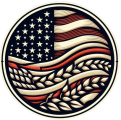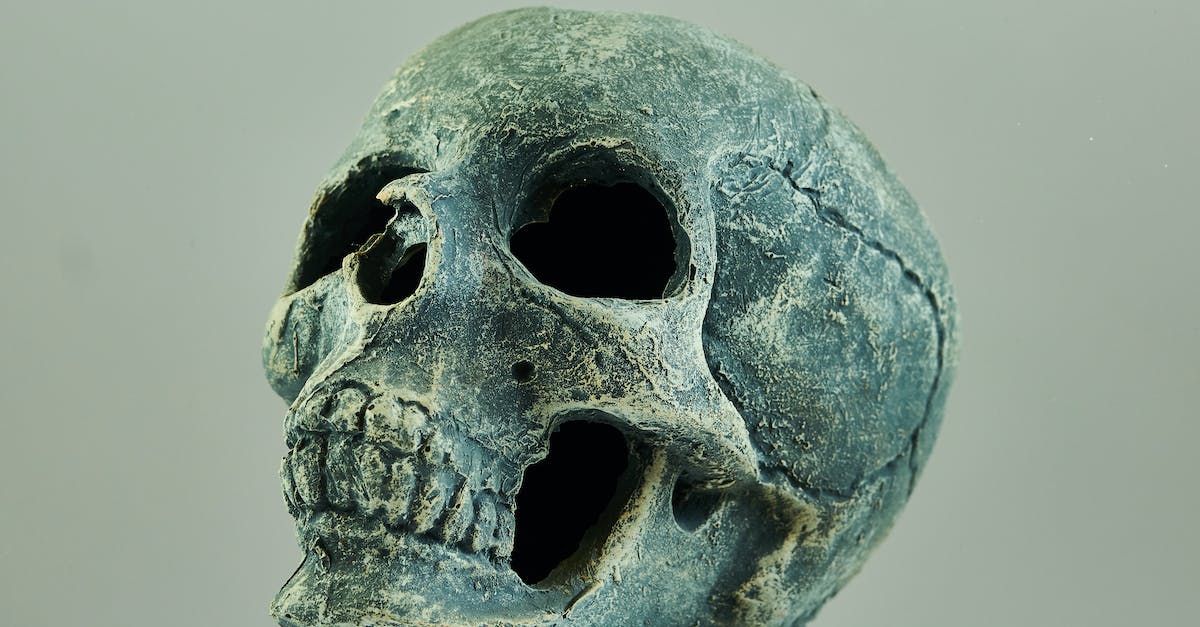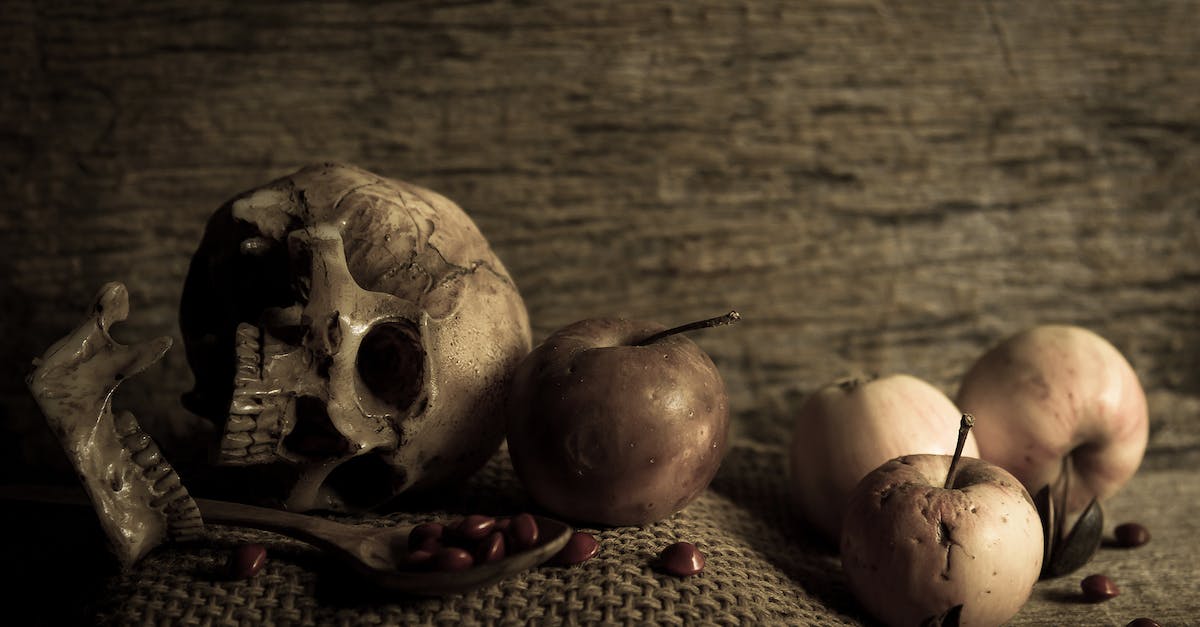If you’ve ever wanted to learn how to draw a skull, then you’ve come to the right place. Drawing a skull can be a challenging yet rewarding task, and with the right guidance, you can create a stunning piece of art. In this guide, we will take you through the anatomy of a skull, the outline and depth you need to consider, and the texture that will bring your drawing to life. Whether you’re a beginner or an experienced artist looking to improve your skull drawing skills, this article will provide you with the tools and techniques you need to succeed.
Main Points
- Anatomy of a skull
- Outline and depth considerations
- Texture techniques
- Step-by-step skull drawing tutorial
- Tips for skull sketching
Understanding Skull Anatomy: Key Features and Structures
When it comes to understanding the anatomy of the skull, it’s important to familiarize yourself with the key features and structures that make up this complex part of the human body. Whether you’re an aspiring artist looking for a skull drawing tutorial or a student of anatomy seeking to grasp the intricacies of the skull, knowing the step by step skull drawing process and skull sketching guide is essential.
Key Features of Skull Anatomy
- The Cranium: This is the top part of the skull that encases and protects the brain.
- The Mandible: Commonly known as the jawbone, it plays a crucial role in chewing and speaking.
- Orbital Cavities: These are the bony sockets that house the eyes and surrounding structures.
- Nasal Cavity: The nasal passages and sinuses are housed within the nasal cavity of the skull.
- Foramina: These are the openings in the skull through which important nerves and blood vessels pass.
By understanding these key features and structures, you’ll gain a deeper appreciation for the complexity of skull anatomy and its importance in various fields such as art, medicine, and anthropology.
Mastering Skull Drawing Techniques: Outlining and Proportions
When it comes to mastering skull drawing techniques, outlining and proportions play a crucial role. Whether you are a beginner looking for easy skull drawing techniques or an experienced artist wanting to refine your skills, understanding the proportions of a skull is essential.
First, start by outlining the basic shape of the skull using simple shapes such as circles and ovals. Pay attention to the placement of features such as the eye sockets and nasal cavity to ensure accuracy in your drawing. Once you have the outline, you can begin to add more detailed features.
Proportions to Keep in Mind
| Skull Part | Ideal Proportion |
|---|---|
| Eye Sockets | 1/3 of the total skull height |
| Nasal Cavity | 1/2 of the distance from the eye sockets to the bottom of the chin |
| Jawline | Slightly shorter than the distance from the top of the skull to the bottom of the nasal cavity |
By keeping these proportions of a skull in mind, you can ensure that your drawing looks anatomically accurate. Practice outlining and paying attention to proportions, and soon you’ll be creating stunning skull art with confidence.
Creating Realistic Depth in Skull Drawings: Shading and Contrast
When it comes to creating realistic skull drawings, mastering shading and contrast is key. By understanding how light interacts with the form of the skull, artists can achieve a three-dimensional and lifelike quality in their illustrations.
Shading plays a crucial role in conveying the structure and texture of the skull. Utilizing a range of values, from light to dark, allows artists to indicate the curvature and depth of the bone. Additionally, paying attention to the direction of light can enhance the dimensionality of the drawing.
Contrast adds visual interest and drama to skull drawings. By emphasizing the stark juxtaposition between light and shadow, artists can create a more dynamic and compelling composition. Utilizing strong contrasts can also help highlight specific features of the skull, such as the eye sockets, nasal cavity, and teeth.
Conclusion
Mastering shading and contrast is essential for creating realistic depth in skull drawings. By utilizing these techniques, artists can elevate their illustrations to a new level of realism and impact.
Exploring Texture in Skull Illustrations: Cross-Hatching and Detailing
Skull illustrations are a staple in the world of art, often symbolizing mortality, power, and rebellion. When it comes to depicting skulls, artists have a myriad of options for exploring texture, with cross-hatching and detailing being particularly effective techniques. Cross-hatching involves creating depth and shadow by intersecting sets of parallel lines, while detailing adds intricacy and realism to the overall composition.
The Art of Cross-Hatching
Cross-hatching is a time-honored method used to add dimension to an illustration. By varying the density, length, and angle of the lines, artists can create a sense of form and volume. This technique is especially impactful when applied to skull illustrations, as it helps emphasize the contours and features of the skull, giving it a three-dimensional appearance. When using cross-hatching, it’s crucial to pay attention to the direction of light and shadow, as this will inform the placement and orientation of the lines.
Mastering the Details
Detailing is another essential aspect of creating compelling skull illustrations. From the intricacies of the eye sockets to the fine lines of the teeth, adding small details can elevate the overall impact of the artwork. This level of intricacy requires patience and precision, but the end result is a skull illustration that commands attention and invites closer inspection.
In conclusion, the exploration of texture through cross-hatching and detailing in skull illustrations offers artists a means of infusing depth and complexity into their work. By mastering these techniques, artists can breathe life into their skull illustrations, captivating viewers and leaving a lasting impression.
Drawing Skulls in Different Art Styles: Realism, Cartoons, and Abstract
When it comes to drawing skulls, artists have the opportunity to explore various art styles to express their creativity and vision. Realism, cartoons, and abstract are three popular art styles that can be applied to skull drawings to achieve different effects and evoke various emotions.
Realism
In realism, artists strive to create skull drawings that closely resemble the actual appearance of a skull. This style focuses on precision, attention to detail, and accurate representation of light and shadow to create a lifelike portrayal.
Cartoons
Cartoon skull drawings offer a more playful and exaggerated interpretation of skulls. Artists can use bold lines, vibrant colors, and exaggerated features to create whimsical and expressive cartoon skulls that capture the imagination of the viewers.
Abstract
Abstract skull drawings involve a departure from realistic portrayal and embrace a more conceptual and interpretive approach. Artists can experiment with shapes, forms, and textures to create unique and thought-provoking representations of skulls that invite viewers to explore the deeper symbolism and meaning behind the artwork.
skull drawings, art styles, realism, cartoons, abstract
artists, creativity, vision
Realism, Cartoons, Abstract


